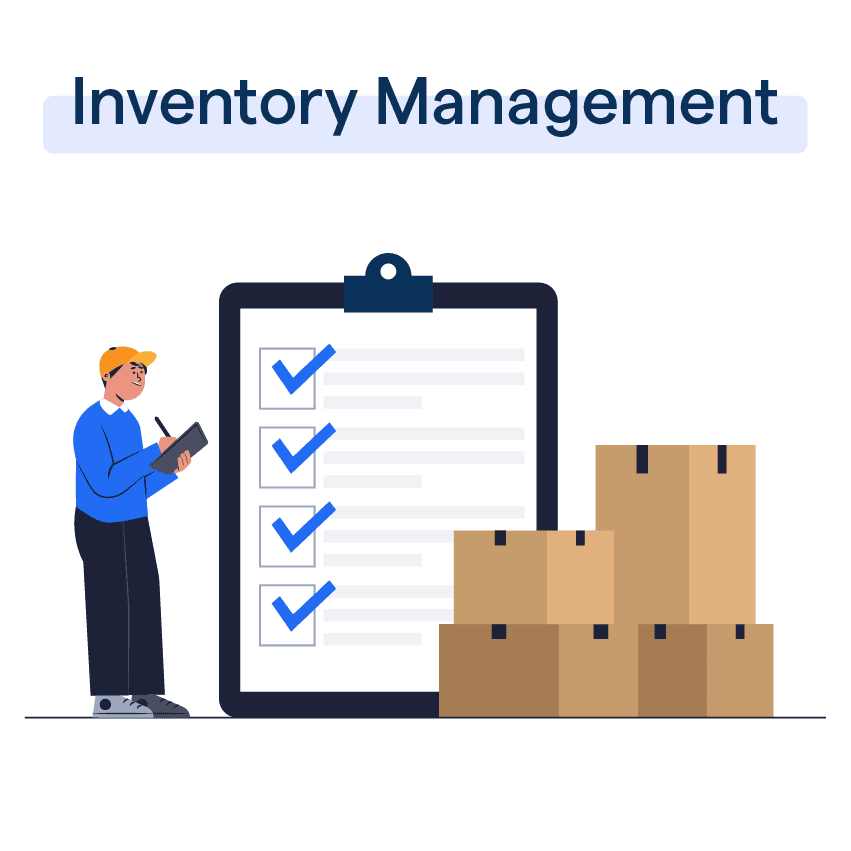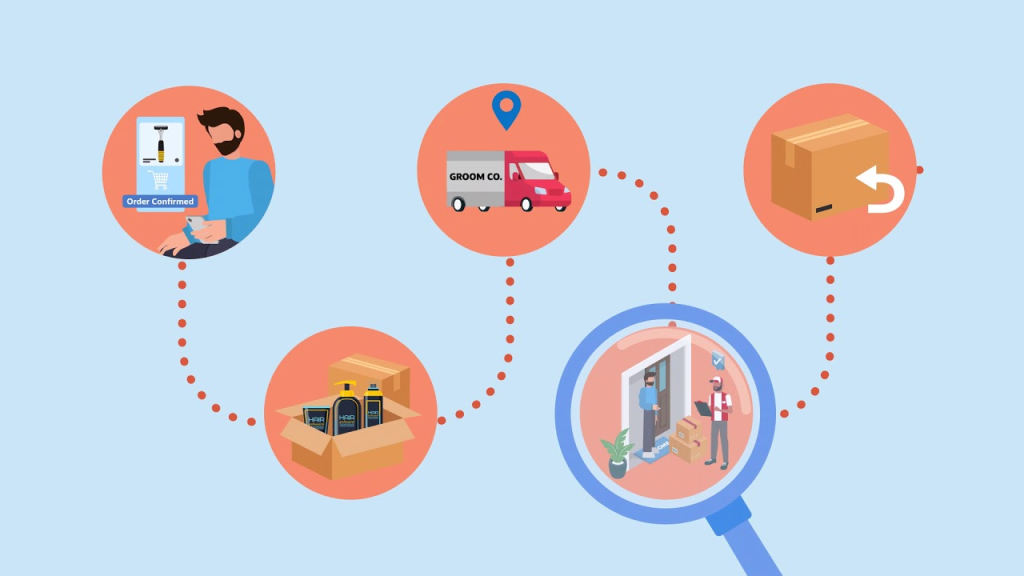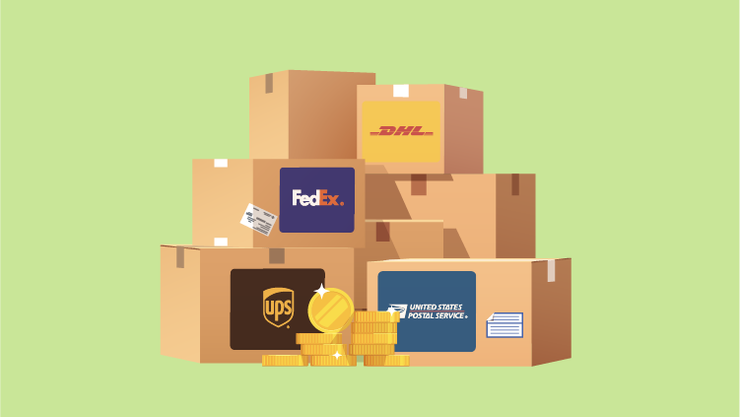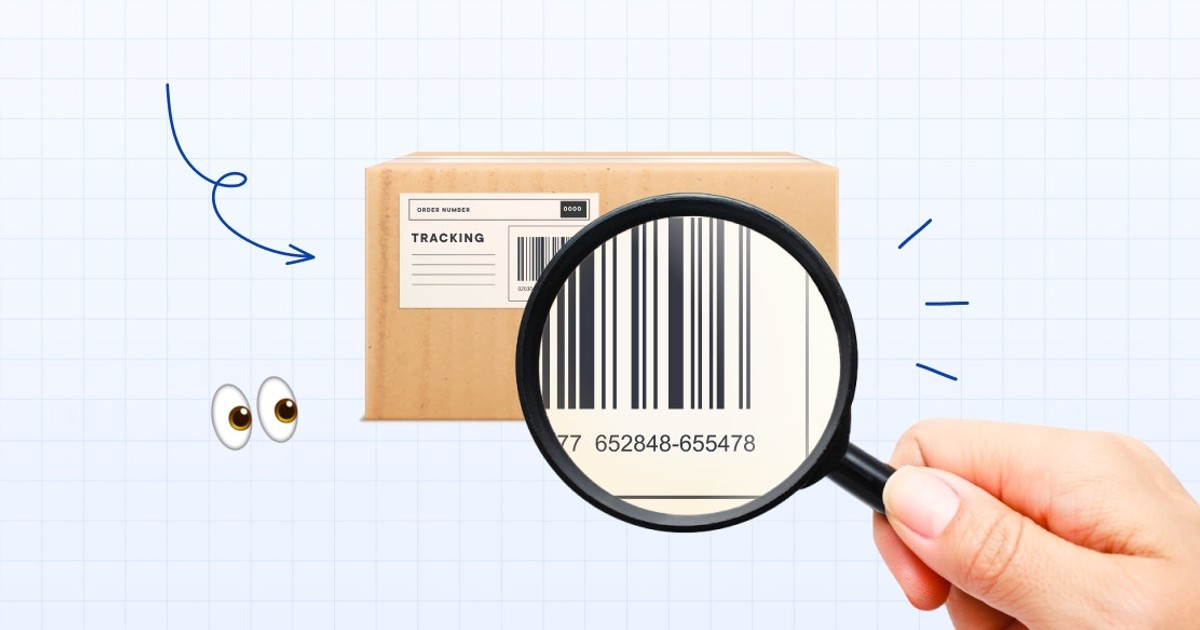Key Differences Between Traditional and E-commerce Warehousing
Global commerce is changing fast, and warehousing has changed with it. Traditional warehouses were built to handle bulk deliveries for physical stores. But with the rise of e-commerce, this model no longer meets today’s needs. Online shopping requires faster, more flexible fulfillment strategies. This article explains the main differences between traditional and e-commerce warehousing and how digital trends are reshaping the fulfillment process.

1. Purpose and Distribution Model
Traditional Warehousing:
Traditional warehouses are primarily used to store large quantities of products for distribution to retail stores. The model is based on pallet-in, pallet-out systems where goods arrive in bulk and are shipped in bulk. It emphasizes long-term storage and predictable demand cycles.
E-commerce Warehousing:
E-commerce warehousing focuses on direct-to-consumer fulfillment. Instead of moving bulk shipments to retailers, products are picked, packed, and shipped in individual units directly to customers. This model requires warehouses to be more responsive, flexible, and data-driven.
2. Inventory Management

Traditional Warehousing:
In traditional settings, inventory is replenished periodically, and stock turnover is slower. Warehouses may carry excess inventory to buffer against supply chain disruptions, and SKU management is relatively simple.
E-commerce Warehousing:
E-commerce relies on real-time inventory management. Fast-moving SKUs, frequent restocking, and multi-channel selling require precise tracking. An error in inventory visibility could result in stockouts or overselling, impacting customer satisfaction and order fulfillment accuracy.
3. Order Fulfillment Process

Traditional Warehousing:
The fulfillment process involves large shipments, typically to several retail destinations. Orders are usually processed in bulk, reducing the need for detailed item picking or packaging customization.
E-commerce Warehousing:
E-commerce fulfillment deals with high volumes of small, diverse orders. The process involves:
- Individual item picking
- Packing with customized inserts or gift notes
- Labeling for last-mile delivery
It makes the e-commerce fulfillment process far more complex and labor-intensive, often requiring automation and optimized workflows.
4. Technology and Automation

Traditional Warehousing:
Traditional warehouses may use basic Warehouse Management Systems (WMS), which are focused on inventory tracking, barcoding, and bulk order processing. Automation is minimal, as the operations are relatively predictable.
E-commerce Warehousing:
E-commerce fulfillment centers integrate advanced technologies such as:
- AI-driven WMS for predictive stock management
- Automated picking systems (e.g., robots or conveyor belts)
- Order tracking integration with customer notifications
- Shipping rate optimization software
Technology is essential in handling the fast pace and scale of e-commerce operations.
5. Space Utilization and Layout
Traditional Warehousing:
Designed for storage efficiency, traditional warehouses often feature tall racks, minimal walking paths, and space optimized for palletized goods.
E-commerce Warehousing:
E-commerce spaces are optimized for speed, not just storage. The layout includes:
- Zoned picking areas
- Packing stations
- Return processing areas
- Easy integration with fulfillment tools
This modular design supports quick movement and flexible workflows, especially during peak seasons.
6. Returns Management (Reverse Logistics)

Traditional Warehousing:
Returns are usually handled at the retail store level. Warehouses may only deal with returns in bulk from stores or distribution centers.
E-commerce Warehousing:
Returns are a central part of e-commerce fulfillment. Warehouses must process individual returned items quickly to restore them to stock, issue refunds, or handle repairs. A robust reverse logistics system is critical to maintaining customer satisfaction and minimizing loss.
7. Fulfillment Speed and Customer Expectations
Traditional Warehousing:
Speed is less critical, as shipping times to retail outlets are predictable and scheduled.
E-commerce Warehousing:
Customers expect same-day or next-day delivery, making speed a key metric. E-commerce fulfillment centers must operate extremely efficiently, offering real-time order updates and optimized shipping routes.
Conclusion
The move from traditional to e-commerce warehousing is more than just a logistics change — it’s about improving customer experience, using new technology, and becoming more flexible. E-commerce fulfillment is fast, focused on customers, and requires precision at every step.
Understanding these differences is key as more businesses shift to online or omnichannel models. Investing in better fulfillment systems, real-time inventory tracking, and easy returns can help businesses stay competitive in the digital market.
Industry Insights
news via inbox
Nulla turp dis cursus. Integer liberos euismod pretium faucibua








